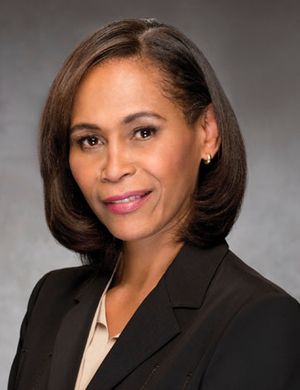“Diversity and inclusion” has become a rallying cry for nearly every American organization. Yet, there remains a significant gap between rhetoric and reality. In her new book, Diversity, Inc., Pamela Newkirk examines why workplace diversity initiatives have done little to bring equality to American institutions. HRE recently spoke to Newkirk about her findings and how HR can help turn the tide.
America is becoming a more diverse nation all the time but, for the most part, employers haven’t succeeded in moving the needle when it comes to having a workforce that looks like America. Why is that?

For decades, they’ve been doing the same thing and getting the same results, yet they keep doing it. Money is being spent on an infrastructure of diversity, rather than on hiring a diverse workforce. They like to blame the pipeline for the low numbers but, when you look at the number of African Americans, Latinos, Asians and others coming out of some of the most elite schools–yet still dramatically underrepresented in the workplace–you can no longer blame the pipeline.
See also: Penn researchers offer new way to expose hiring bias.
What does it take to succeed in this realm?
In any case where there has been significant change, there has been significant will and intention from the top-down. At Coca-Cola, there was a multi-million-dollar discrimination settlement, yet they went on to successfully transition into a diverse workplace. They did this by looking at hiring and promotions. In every case, they saw that people of color, specifically African Americans, were not being hired and promoted at the same rate as white employees. You have to look at all of the things that could raise a red flag and, even though you may not intentionally be biased against certain people, you have to say, “Maybe there is some kind of bias I’m not aware of.”
What’s holding organizations back?
A lot of people turn away from it because there’s a discomfort around all things concerning race. It’s a discomforting, disquieting kind of soul searching that has to happen. These company CEOs and college presidents and other leaders have to ask themselves what they are suggesting when they have workforces that don’t look like America. Are they saying that people of color are inherently less qualified? There has to be a very frank, very honest inner conversation.
What specifically can HR do?
HR on its own can’t fix this problem. It has to come from the top. Each company has to look at what they are doing that is resulting in this kind of imbalance and what might they do differently, whether it’s finding ways to grow their pipeline or whether it’s changing what schools and organizations they are reaching out to. In a country where people of color are close to 40% of the population, there should not be a problem finding qualified people of color in practically every field. It has to be an issue that is deemed important and worthwhile, so you will invest in developing a strategy that actually works.

